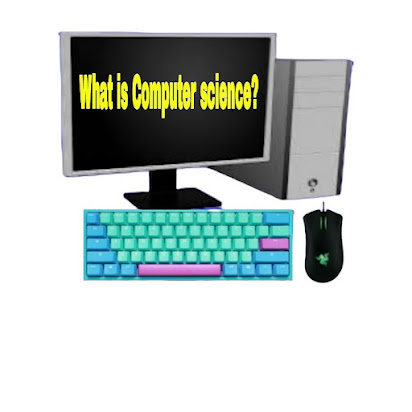How to make a computer - Computer Guide World
Set Budge:- making a good computer can be an exciting courage but it is important to keep your budget in ratio. It's all too important to get carried away with attractive components, only to realize later that you will overspent and can't complete the build. To avoid this lapse, establish both a soft and a hard limit for your budget. For Example set a limit of $300 to $400 and make a included effort to stay within this range.
sticking to your budget, it is also important to exercise common sense when making purchasing decisions. Suppose your budget allows for a $100 processor, but you stumble upon a newer, superior model discounted from $200 to $120 at your local tech store. In this case, spending the extra $20 may be a prudent long-term investment.
By maintaining a disciplined approach to budgeting and making smart choices, you can achieve a balance between affordability and performance, ensuring a successful and rewarding PC building experience.
Parts which you need to buy:- If you are making a computer, whether it is gaming, programming, video editing or any other favorite task, the parts you choose can significantly impact your overall experience. it is true that the price of a computer does not simply determine its performance, there are certain parts that remain essential, regardless of the system cost. here we will find out these important parts that you should consider for your project, as they are worth every cash invested.
- Central processing unit (CPU):- The processor work as the brain of your computer, executing tasks and calculations at amazing speeds. It negotiate the overall performance and responsiveness of your computer.
- Graphics processing unit (GPU):- Gamers, video editors, and graphic designers, a dedicated graphics card is indispensable. A high performance graphic card provide the necessary horsepower to render magnificent visuals and handle complex graphical computations. NVIDIA and AMD a variety of choice from entry-level to top-of-the-line graphics cards, so you can choose the ideal match for your specific need.
- Random access memory (RAM):- RAM perform a big role in characterizing how much application or software your computer can handle simultaneously and how quickly it can access and process system data.
- Storage:- Choosing the right storage solution is important for both speed and capacity. SSD have become the go to choice for their blazing fast read and write speed, resulting in fast, boot times, swift application launches and reduced file transfer time.
- Switched Mode Power Supply (SMPS):- SMPS are often overlooked, a reliable power supply unit is vital to ensure stable and efficient operation of your system. Investing in a quality PSU with adequate wattage and modular cabling helps prevent power-related problems and protects your components from potential damage.
- Motherboard:- The motherboard serves as the base of your computer, connecting all the components together. It is essential to choose a motherboard that support your chosen CPU and offer the necessary expansion slot and connectivity option you require.
- Cooling Solution:- Powerful components generate heat and adequate cooling is important to maintain optimal performance and prevent overheating. Investing in an efficient cooling solution like as air or liquid cooling, ensure that your system remains cool under heavy load
- Computer Case:- Choose a case that blends practicality with aesthetic as it play an important role in protecting your computer parts. While some cases offer built-in power supplies, choice for a separate power supply is advisable for gaming build. Generally the quality of cases bundled with power supplies is low. Prioritize reliability and performance by investing in a standalone power supply for your gaming rig's longevity and optimal performance.
- Motherboard Installation:- start by installing the CPU, RAM, and CPU fan onto the motherboard. Ensure proper alignment, apply thermal paste, and securely fasten the cooler.
- Case Preparation:- Install the power supply into the case and connect necessary cable, and fix the storage devices and optical drive.
- Assembly:- Be Carefully place the motherboard into the case and aligning it with the stand-off. Connect all the necessary cable such as power, data, and front panel connector.
- Graphic Card and Expansion Card:- Fix the graphic card into the slot on the motherboard and add any additional expansion card such as sound or Wi-Fi card.
- Cable Management:- Neatly route cable using cable ties and clips to secure them. Proper cable management improve airflow and aesthetics while reducing the risk of interference.
- Final Cross Check:- Cross check all connections and ensure that all parts are firmly in place, and clear any obstructions that may stop airflow.
- Power On and Test:- Connect the monitor, keyboard, and mouse. Power on the PC to verify that all parts are functioning properly. Install the operating system and necessary drivers for components









Comments
Post a Comment
Please do not enter any spam link in comment box